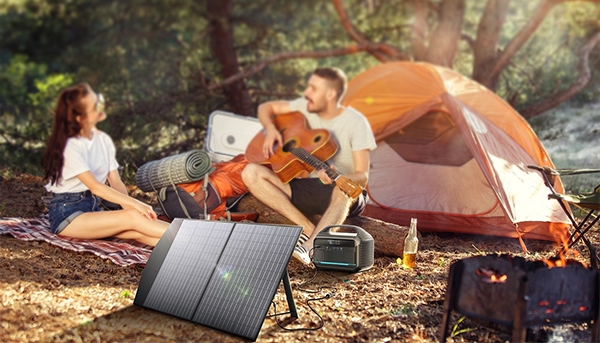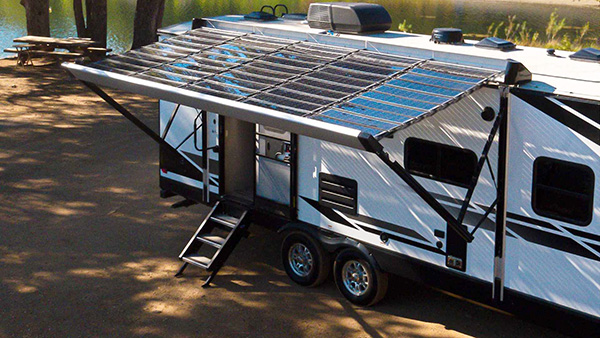Portable Solar Panels: Harnessing the Power of the Sun on the Go
Portable solar panels have emerged as a versatile and eco-friendly solution for powering devices in a variety of settings, from camping trips to emergency situations.
Portable solar panels have emerged as a versatile and eco-friendly solution for powering devices in a variety of settings, from camping trips to emergency situations. These compact devices convert sunlight into electricity, providing a reliable source of power wherever you go. Here’s a comprehensive guide on how to install and use portable solar panels effectively.

Advantages of Portable Solar Panels
The benefits of portable solar panels are numerous:
-
Environmental Benefits: They reduce reliance on fossil fuels and lower greenhouse gas emissions.
-
Cost Savings: Over time, they can save money on energy costs, especially in off-grid scenarios.
-
Energy Independence: Portable solar panels provide power without depending on the electrical grid.
-
Portability: Lightweight and compact, they are suitable for hiking, camping, and other outdoor activities.
-
Ease of Use: Simple setup, often just unfolding and placing in the sun.
How to Install Portable Solar Panels
-
Choose a Location: Find a spot with maximum sunlight exposure. Ensure there is no shading from trees or buildings.
-
Mount the Panels: Use the included brackets or stakes to secure the panels to the ground or a structure. For example, you can mount them on RVs, boats, or tents.
-
Connect the Panels: Attach the portable solar panels to a charge controller using the provided cables. The charge controller regulates the voltage and current coming from the solar panels to prevent overcharging of batteries.
-
Connect the Load: Connect the load (such as a battery) to the charge controller. This battery will store the energy generated by the solar panels.
-
Test the System: Ensure all connections are secure and the system is working correctly. Monitor the charge level of the battery to ensure it is receiving power.

How to Use Portable Solar Panels
- Setup: Place the panels in a sunny spot, using stands or mounts for stability. Adjust the angle of the panels to maximize sunlight exposure.
- Connection: Attach the panels to a charge controller and a battery storage system. For example, you can connect them to a portable power station or directly to devices like smartphones or cameras.
- Application: Use the stored energy to power devices or charge batteries. Portable solar panels can power a wide range of devices, from small electronics to larger appliances in an RV.
- Maintenance: Keep the panels clean and regularly check connections and battery health. Regular cleaning ensures optimal power output.
Special Use Cases
Portable solar panels are incredibly versatile:
-
- Outdoor Adventures: Perfect for camping, hiking, and boating, providing power for essential devices.
-
- Emergency Preparedness: Ideal for power outages, ensuring you have backup power for critical devices like phones and medical equipment.
-
- Home Use: Can supplement home energy needs, especially during power outages or for off-grid living.
-
- Agriculture and Construction: Provide power for irrigation systems, remote workstations, and other equipment.
-
- Educational Projects: Great for teaching about renewable energy and practical applications of solar power.

Maximizing Efficiency
To get the most out of your portable solar panels:
-
Positioning: Place the panels perpendicular to the sun’s rays. This angle changes depending on your location and the time of year.
-
Cleaning: Regularly clean the panels to remove dust and debris that can reduce efficiency.
-
Storage: Store panels in a cool, dry place when not in use to prolong their lifespan.
Conclusion
Portable solar panels offer a sustainable and flexible way to generate power, perfect for a wide range of applications. Whether you’re planning a weekend camping trip, preparing for emergencies, or looking to reduce your carbon footprint, these panels provide a reliable and eco-friendly solution. By following the installation and usage guidelines, you can harness the power of the sun and enjoy the freedom of portable energy wherever you go.